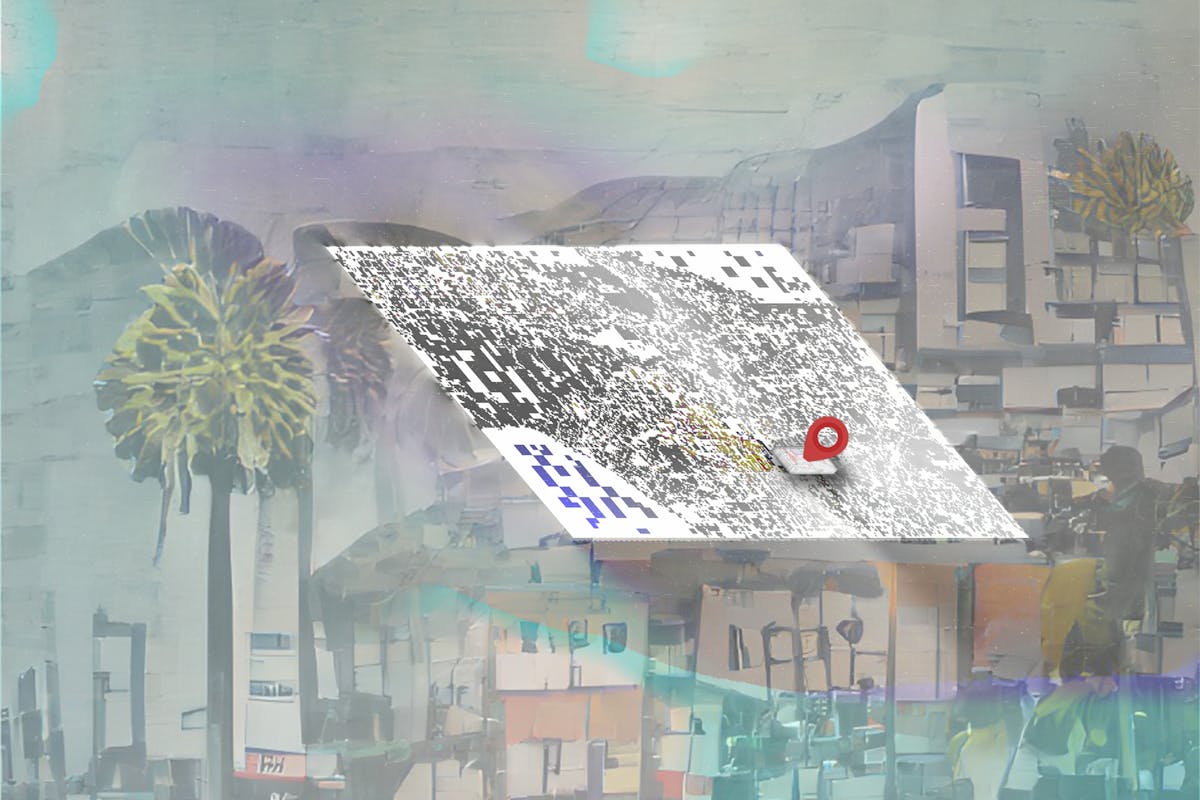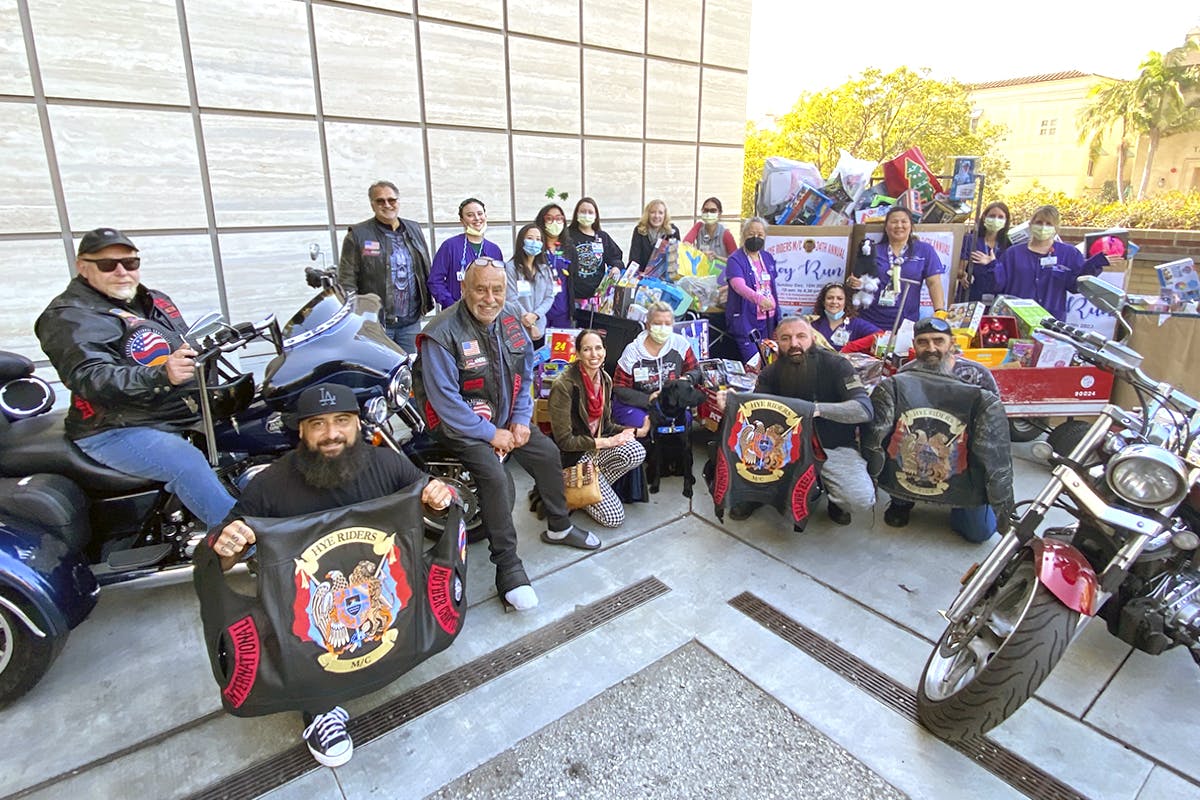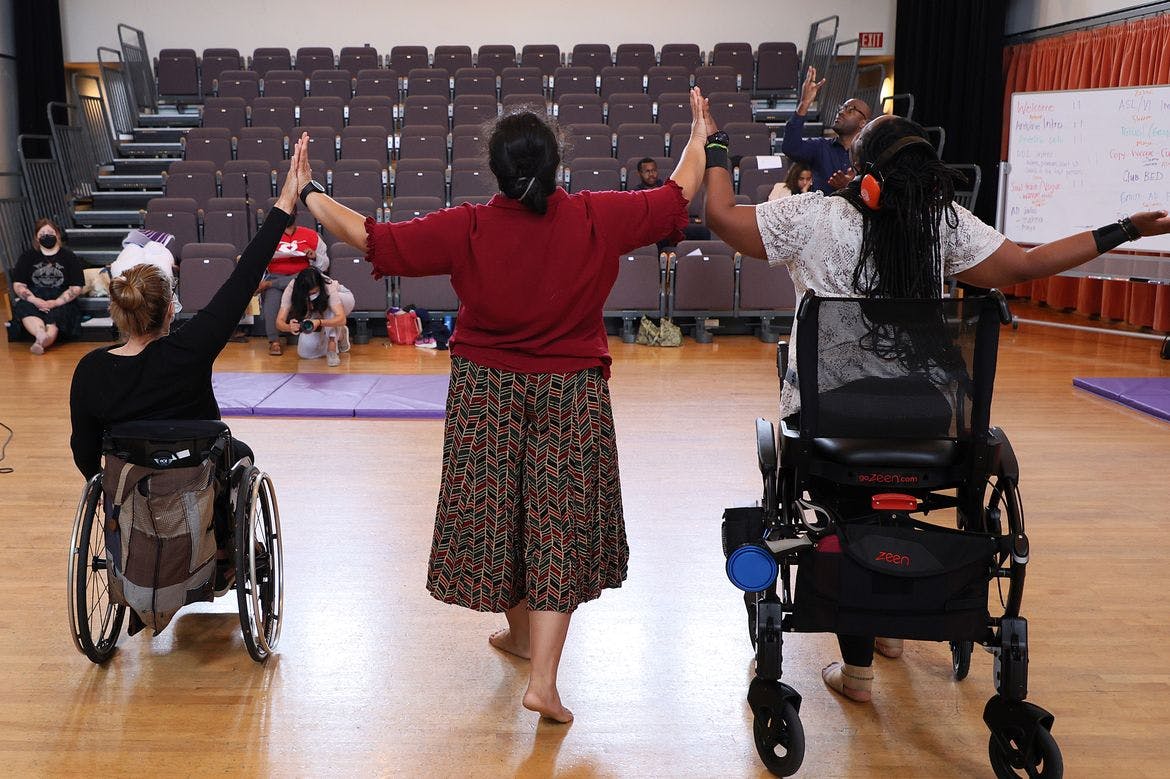Mapping climate justice in Los Angeles

Design media arts students in the class “Introduction to Ecological Art and Justice” researched Los Angeles and its ecologies in order to think through historical and on-going issues of environmental racism.
Department of Design Media Arts professor and vice chair Peter Lunenfeld taught the hybrid seminar/studio course this winter quarter.
This was the second in a three-quarter sequence of Ecological Art and Justice classes. Design media arts lecturer and recent alumna Erin Cooney taught the class in the fall, which resulted in an in-person exhibition and book. Department chair and professor Rebeca Méndez will teach the class in the spring.
The sequence is dedicated to the development of design media arts research and strategy in the areas of culture, identity, place, and the environment, and grew out of a course sequence that Lunenfeld and Méndez taught in 2016 called “Brand Lab.”
"We were looking at design research in one quarter and then design practice in another quarter, because Rebeca is a world-renowned visual designer and artist, and I've written quite a bit and done quite a lot on design research,” Lunenfeld said.
After the 2020 murder of George Floyd and an increased emphasis at the UCLA School of the Arts and Architecture on centering issues of equity, justice, and anti-racism in curriculum, Méndez and Lunenfeld decided to co-teach a sequence focused on environmental racism and ecological justice. Méndez is founder and director of the Counterforce Lab, a research and fieldwork studio for art, design, and environment.
“This just seemed like a really fertile place for us to be working together, taking her expertise in environmental concerns and art and design, and mine in design research,” Lunenfeld said.
The topic of ecological justice grabbed the attention of several students, including third-year design media arts student Joy Yang.
"I've been involved in the local Los Angeles climate movement,” Yang said, “and I thought that it would be a good way to see what academia is saying about climate change. I've been doing things from an individual and community standpoint, so I wanted to see how it was being taught in an institutional setting.”
Lunenfeld assigned a diverse array of class readings about Los Angeles, with essays by architectural critic Reyner Banham, environmental writer Jenny Price, journalist Rubén Martínez, and writings about ecological justice and environmental racism. Students also read selections from Lunenfeld’s 2020 book City at the Edge of Forever: Los Angeles Reimagined.
Third-year student Ella Roze Bandouveris created a project called "Millions of Angelenos and Me: Our Complicated Relationship with the 10 Freeway.” It uses photographs she took from a car to illustrate the freeway’s hybrid role as a form of connection and division, by helping to transport people across the city but also harming the marginalized communities that were displaced by the freeway’s construction.
"These government systems plowed through neighborhoods to build it. The East LA Interchange just is on top of Boyle Heights,” Bandouveris said, adding that the project also takes into account "the divide that it creates generally in Los Angeles, north of the 10 and south of the 10, and what that means to the city.”
Fourth-year student Philip Otto combined aerial maps of upscale Santa Barbara and working-class Vernon, "two places that are in such extreme contrast with each other,” and used pixel sorting techniques to create composite portraits of the areas, drawing attention to the influence of wealth and power on responses to environmental crises.
Fourth-year student Arin Fazio used aerial images of an outer terminal of the Port of Los Angeles and tracked, over 70 years, "the outward expansion of the port of Los Angeles from being relatively modestly sized to the endless shipping containers that you see today.”
An increase in shipping traffic has been tied to increased air pollution, less public access to coastline, coastal erosion, and higher risks to marine life.
Tracking changes to the aerial images of the ports showed “the proliferation of NAFTA and how that interplayed with the physical changes of the ports," Otto said. “You were also able to see how the standardization of shipping containers also played such a big role, and you actually see the transformation of the port and suddenly all these containers arriving.”
Fourth-year student Gwydion Brain appreciated the emphasis on research, strategy, and planning in design.
"It really opened up the door to thinking very creatively about how we go about design research and process as a form of design,” Brain said.
Bandouveris said she appreciated learning design research methodologies that could be applied to addressing planetary issues like the climate crisis.
“I think being creative and operating outside of the systems at hand that we have right now has been the biggest thing that I've learned from this class,” Bandouveris said. "Expanding the canvas, or operating outside of the master's tools, has been my personal exploration and thought process."
Otto said the class has "helped me think about my work in a new way, in the sense of being less focused on just the final output and more about the whole narrative and thinking about how the process is just as much the work as whatever finished piece of output that it generates.”
Fazio added that, having been born and raised in Los Angeles, the class helped him "really appreciate how truly unique and singular Los Angeles is as a major world city. There's no place like it. Every single section of this place has a really fascinating history behind it, and it's there to be uncovered."
Lunenfeld said that while the spring quarter’s course will focus on finished design work, he wants students to understand the importance of rigorous research as central to creative practices.
“Students should be able to take away the idea that design research is something that's specific to their process, and that they can go in and do a kind of investigation that has equal rigor to what a sociologist or scientist does, but do it for different reasons,” Lunenfeld said.
Story by Avishay Artsy

